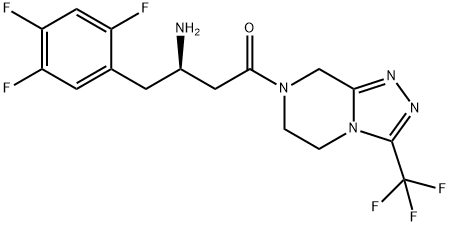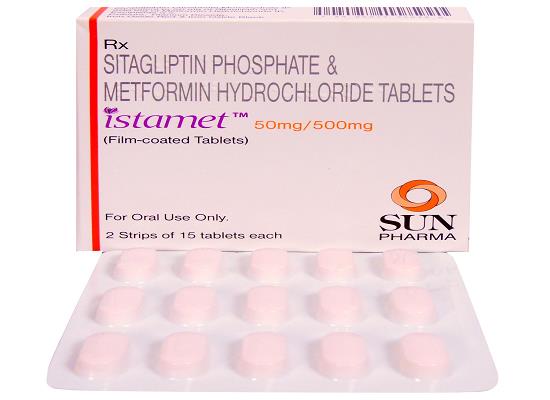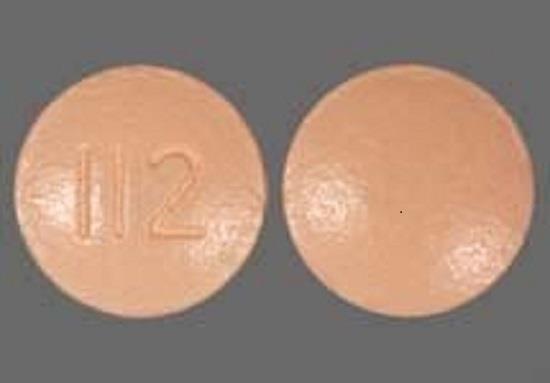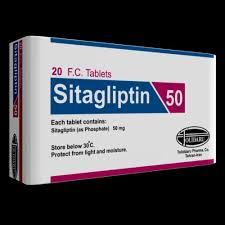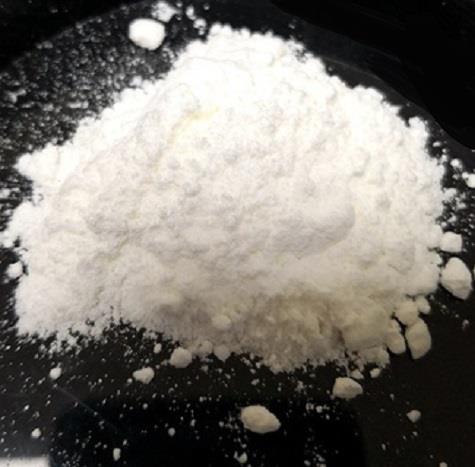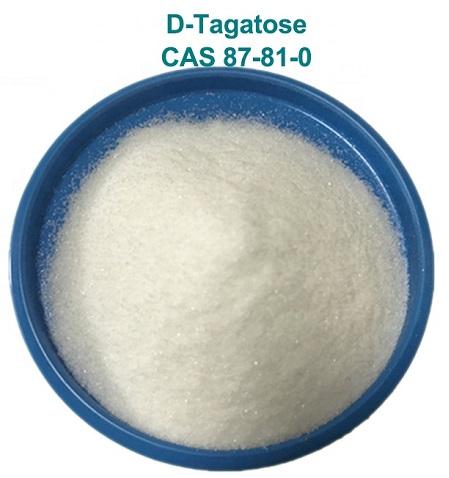What is Sitagliptin used for?
Sitagliptin, sold under the brand name Januvia among others, is an anti-diabetic medication used to treat type 2 diabetes. In the United Kingdom it is listed as less preferred than metformin or a sulfonylurea. It is taken by mouth. It is also available in the fixed-dose combination medication sitagliptin/metformin (Janumet, Janumet XR).
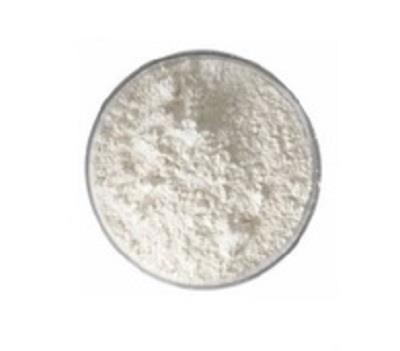
Medical uses
Sitagliptin is used to treat type 2 diabetes. It is generally less preferred than metformin or sulfonylureas. It is taken by mouth. It is also available as the fixed-dose combinations of sitagliptin/metformin (Janumet, Janumet XR) and sitagliptin/simvastatin (Juvisync).
Sitagliptin should not be used to treat type 1 diabetes. In December 2020, the U.S. Food and Drug Administration (FDA) approved labeling changes stating that Januvia (sitagliptin), Janumet (sitagliptin and metformin hydrochloride), and Janumet XR (sitagliptin and metformin hydrochloride extended-release) are not proven to improve glycemic (blood sugar) control in children aged 10 to 17 with type 2 diabetes. The drugs are approved to improve blood sugar control in adults aged 18 and older with type 2 diabetes.
Common side effects include headaches, swelling of the legs, and upper respiratory tract infections. Serious side effects may include angioedema, low blood sugar, kidney problems, pancreatitis, and joint pain. Whether use in pregnancy or breastfeeding is safe is unclear. It is in the dipeptidyl peptidase-4 (DPP-4) inhibitor class and works by increasing the production of insulin and decreasing the production of glucagon by the pancreas.
Sitagliptin was developed by Merck & Co. and approved for medical use in the United States in 2006. In 2018, it was the 83rd most commonly prescribed medication in the United States, with more than 9 million prescriptions.
Mechanism of action
Sitagliptin works to competitively inhibit the enzyme dipeptidyl peptidase 4 (DPP-4). This enzyme breaks down the incretins GLP-1 and GIP, gastrointestinal hormones released in response to a meal. By preventing breakdown of GLP-1 and GIP, they are able to increase the secretion of insulin and suppress the release of glucagon by the alpha cells of the pancreas. This drives blood glucose levels towards normal. As the blood glucose level approaches normal, the amounts of insulin released and glucagon suppressed diminishes, thus tending to prevent an "overshoot" and subsequent low blood sugar (hypoglycemia), which is seen with some other oral hypoglycemic agents.
Sitagliptin has been shown to lower HbA1c level by about 0.7% points versus placebo. It is slightly less effective than metformin when used as a monotherapy. It does not cause weight gain and has less hypoglycemia compared to sulfonylureas. Sitagliptin is recommended as a second-line drug (in combination with other drugs) after the combination of diet/exercise and metformin fails.
Related articles And Qustion
Lastest Price from Sitagliptin manufacturers

US $1.00/g2025-11-05
- CAS:
- 486460-32-6
- Min. Order:
- 10g
- Purity:
- 99
- Supply Ability:
- 999

US $0.00/kg2025-09-30
- CAS:
- 486460-32-6
- Min. Order:
- 1kg
- Purity:
- 98%
- Supply Ability:
- 1000kg
